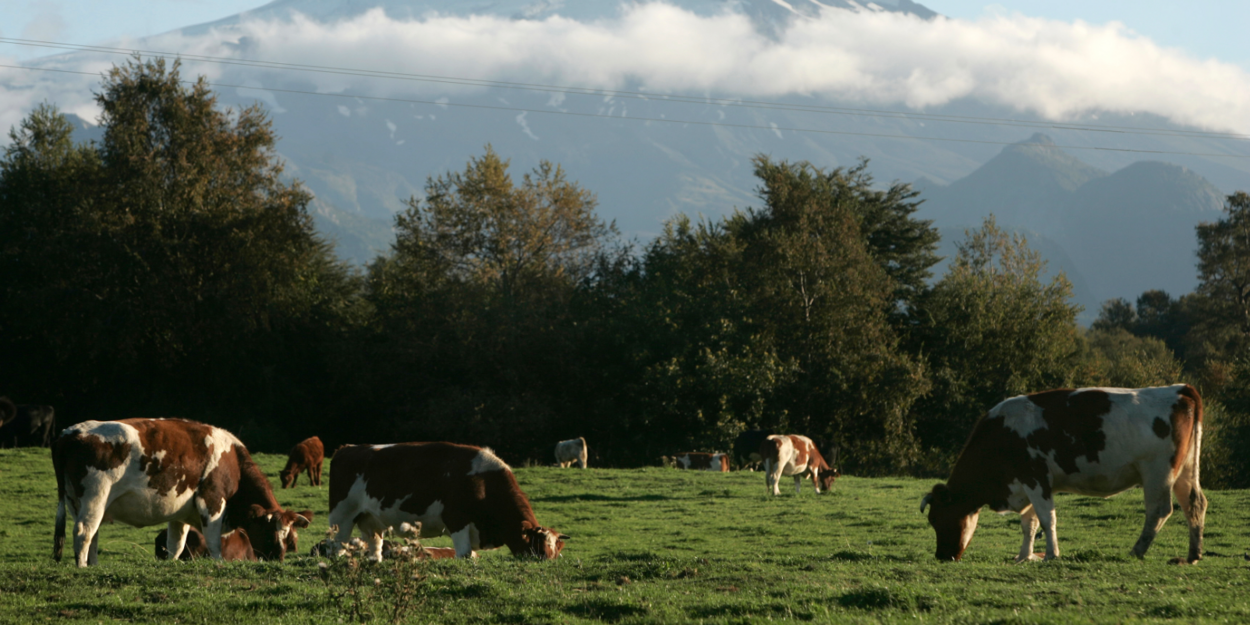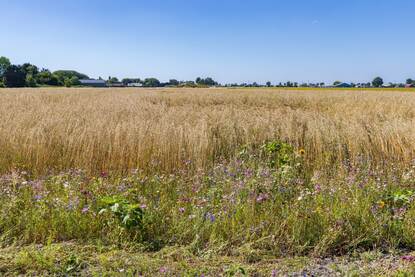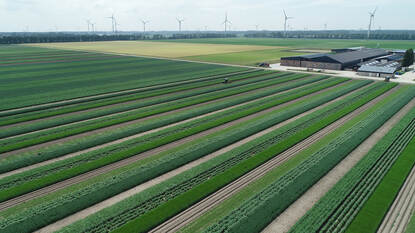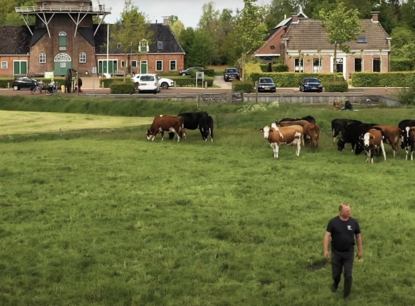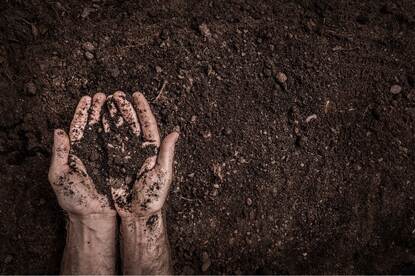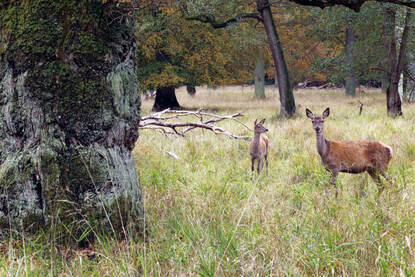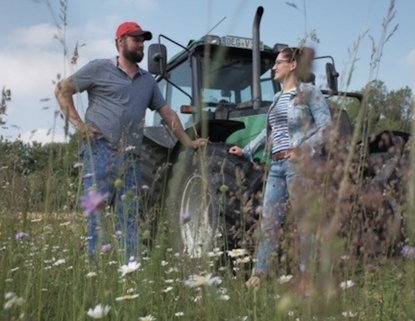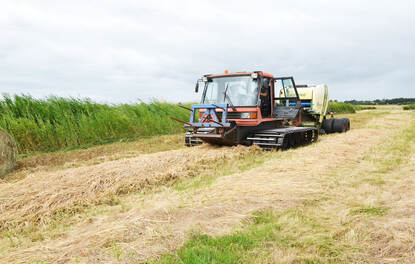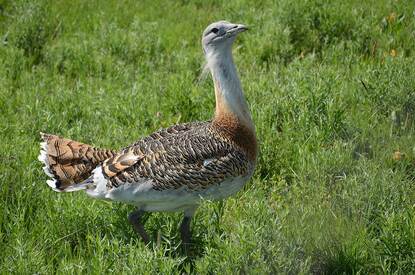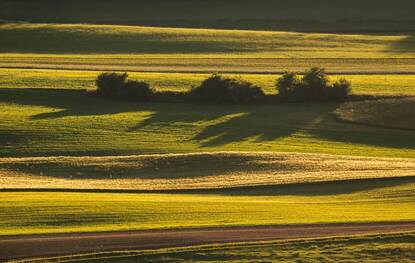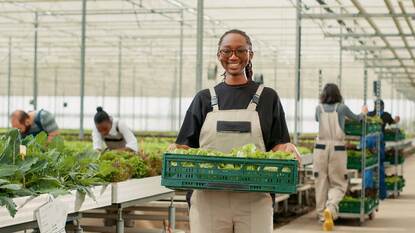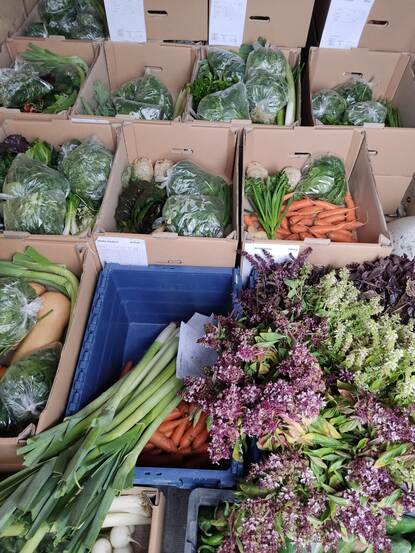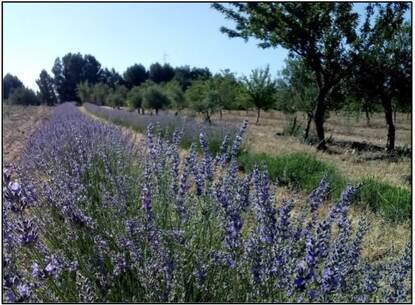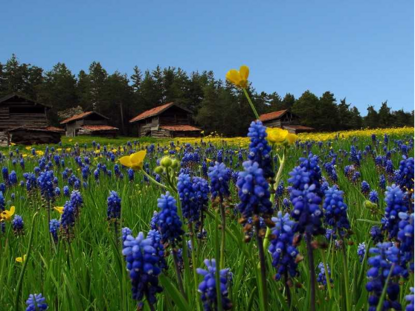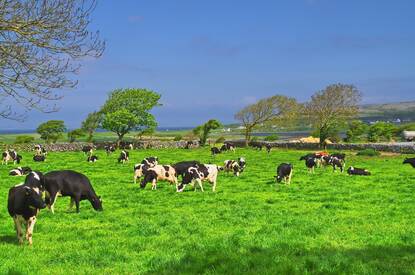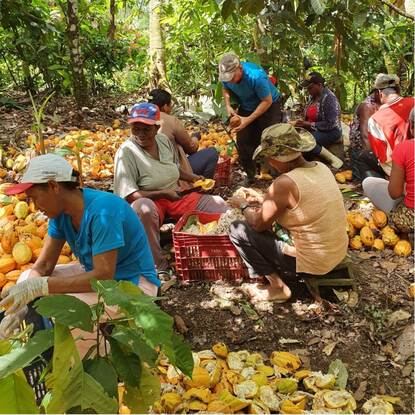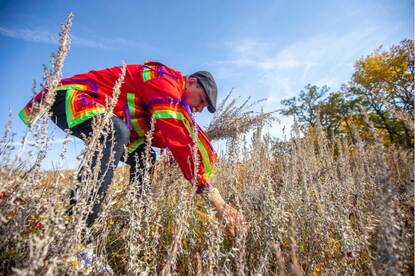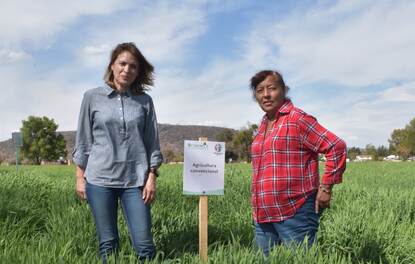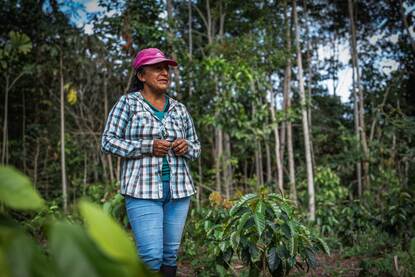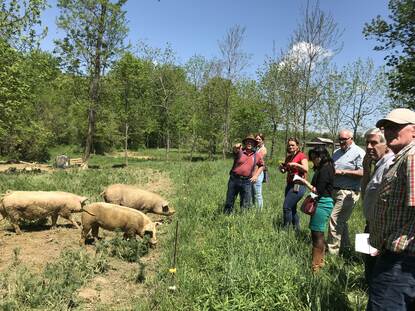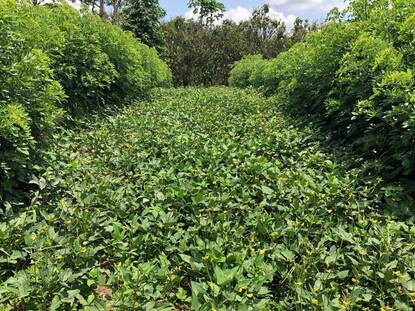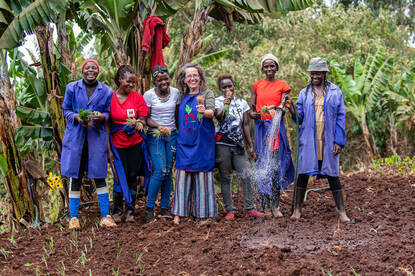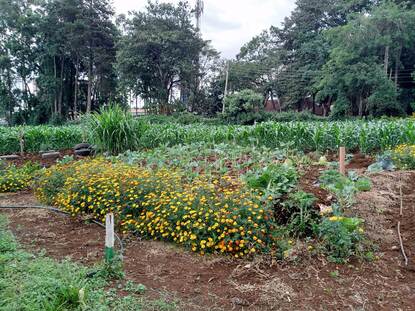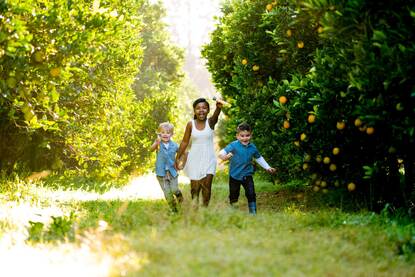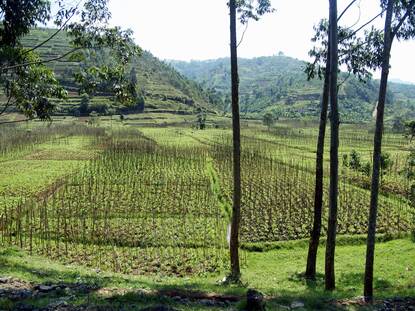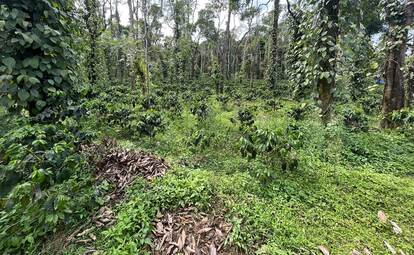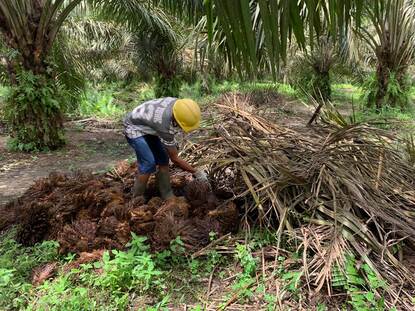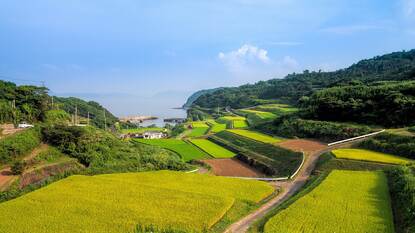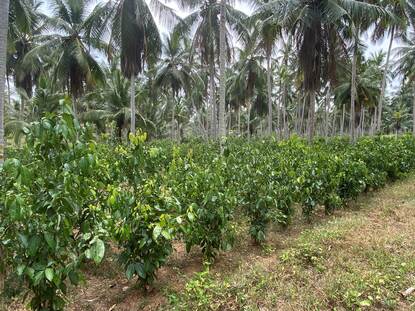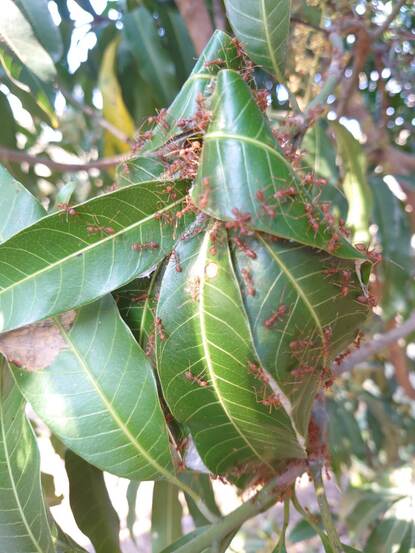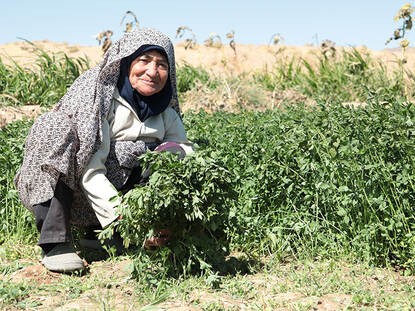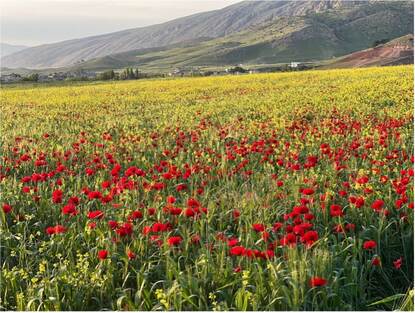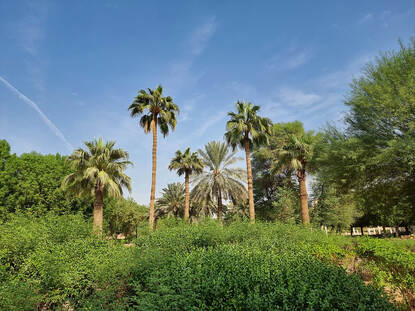Chile is pioneering the shift towards nature-inclusive agriculture to address the challenges posed by climate change and market demands. By focusing on carbon-neutral dairy production, preventing wildfires with the help of grazing animals, and embracing biodynamic practices in the wine sector, the country is working towards a more sustainable future for its agricultural industry. The dedication of individuals like Tomás Rivas Fuenzalida, winner of the Dutch Food for Nature Award, showcases Chile's commitment to finding a balance between nature and productive sectors.
‘Farmers are collaborating with national public forest cooperation on reforestation of their plots’
More than 80% of the Chilean dairy sector is concentrated in the southern Los Lagos and Los Rios regions, which are very similar to the Netherlands in terms of climate. But unlike the Dutch sector, the cows are grazing outside for most of the year. The landscapes of both Chilean regions are dominated by grassland and forests. Dairy farmers often see native trees on their plots as a loss, this perception is steadily changing as more attention is paid to biodiversity and emissions.
Native forest for a carbon-neutral dairy sector
Universidad de Los Lagos researches the carbon storage and emissions of dairy companies. They use satellite images to collect data on the amount of nitrogen stored in the soil through biomass, such as grass and native trees. Their findings show that having more native forests on dairy farms leads to a smaller carbon footprint.
In the past, dairy farmers considered native forests as a loss of production and sought ways to cut them down. Today, farmers are collaborating with the CONAF (national public forest cooperation) on reforestation of their plots to work towards a carbon-neutral sector. Dairy cooperatives and the government are interested in using the university's calculations to explore how they can promote this through financial incentives.
Read more (in Spanish): Chile: Lecherías avanzan a la carbono neutralidad
Goats and sheep to prevent expansion of wildfires
With over 428,000 hectares affected by wildfires, 2023 has been a record year for Chilean nature and the forestry sector. Increasing temperatures and drought have made wildfires an escalating problem. In search of preventative measures, researchers at Universidad de Chile are investigating the impact of goats and sheep on lowering the risks of quickly spreading fires. Densely planted forest plantations are catalysts for fires, which can spread easily over large areas. However, areas where goats and sheep have grazed are less affected by wildfires and can function as buffer zones to halt them.
The presence of these grazing animals has two positive effects on forest areas that help prevent the rapid spread of fires. Firstly, by grazing, they prevent dried-out grass and low vegetation to cover the soil of the forest area, which would typically serve as fuel for fires. Secondly, grazing animals increase soil health, biodiversity, and moisture levels. Their movement and defecation lead to more bio-microbial activity in the soil of the forest areas. The veterinary faculty continues to research and analyze how best practices can be implemented on a larger scale.
Read more (in Spanish): Chile: entrenan a ovejas y cabras para combatir incendios forestales mediante el pastoreo
Biodynamic wine yards
In 2018, a group of nine Chilean winegrowers formed the Agrupación de Viñas Biodinámicas de Chile. This group, comprising small, medium, and large producers, aims to promote a more environmentally conscious Chilean wine sector. The concept of biodynamic agriculture (BDA) shares many practices with nature-inclusive agriculture. It aims to create a balance in production by taking into account plants, animals, and soils in a regenerative approach. The group of BDA winegrowers sees a demand for more environmentally friendly wines and believes this approach is necessary to future-proof the sector. Chile's unique phytosanitary situation makes it easier to adapt to BDA practices, because there is a low plague pressure.
Introducing perennial and annual plants to vineyards helps to bring biodiversity and resilience to the wine sector. BDA also encourages the presence of livestock animals around and on the production site, as well as host plants for pollinating or beneficial insects. The presence of animals contributes to more resilient production systems. The approach also focuses on the use of bio-based compost instead of chemical fertilizers to increase the biomass in the soil.
Read more (in Spanish): Nace Agrupación de Viñas Biodinámicas de Chile
Chilean award winner nature conservation
This year, the Future for Nature Award was won for the third time by a young Chilean conservationist: Tomás Rivas Fuenzalida. The award, given annually by the Dutch Future for Nature Foundation, supports young nature conservationists worldwide by funding promising projects. Tomás is the co-founder of the foundation Ñankulafkén, which protects South America's rare raptors.
Tomás will use the prize money to prevent conflicts between small-scale poultry farmers and the rufous-tailed hawk, the largest living aerial predator in many Chilean regions. His goal is to minimize human-raptor conflict through novel agroecological techniques and solutions. The biggest threat to the raptors comes from farmers who shoot them to protect their farm animals. Tomás' foundation monitors the behavior of the raptors and trains local farmers. One of the protective measures that many producers now implement is the installation of natural roofs to protect their poultry from attacks. In addition to providing protection from raptors, the roofs offer natural shade and lower the temperature of the production site.
Read more: Tomás Rivas Fuenzalida - Future For Nature
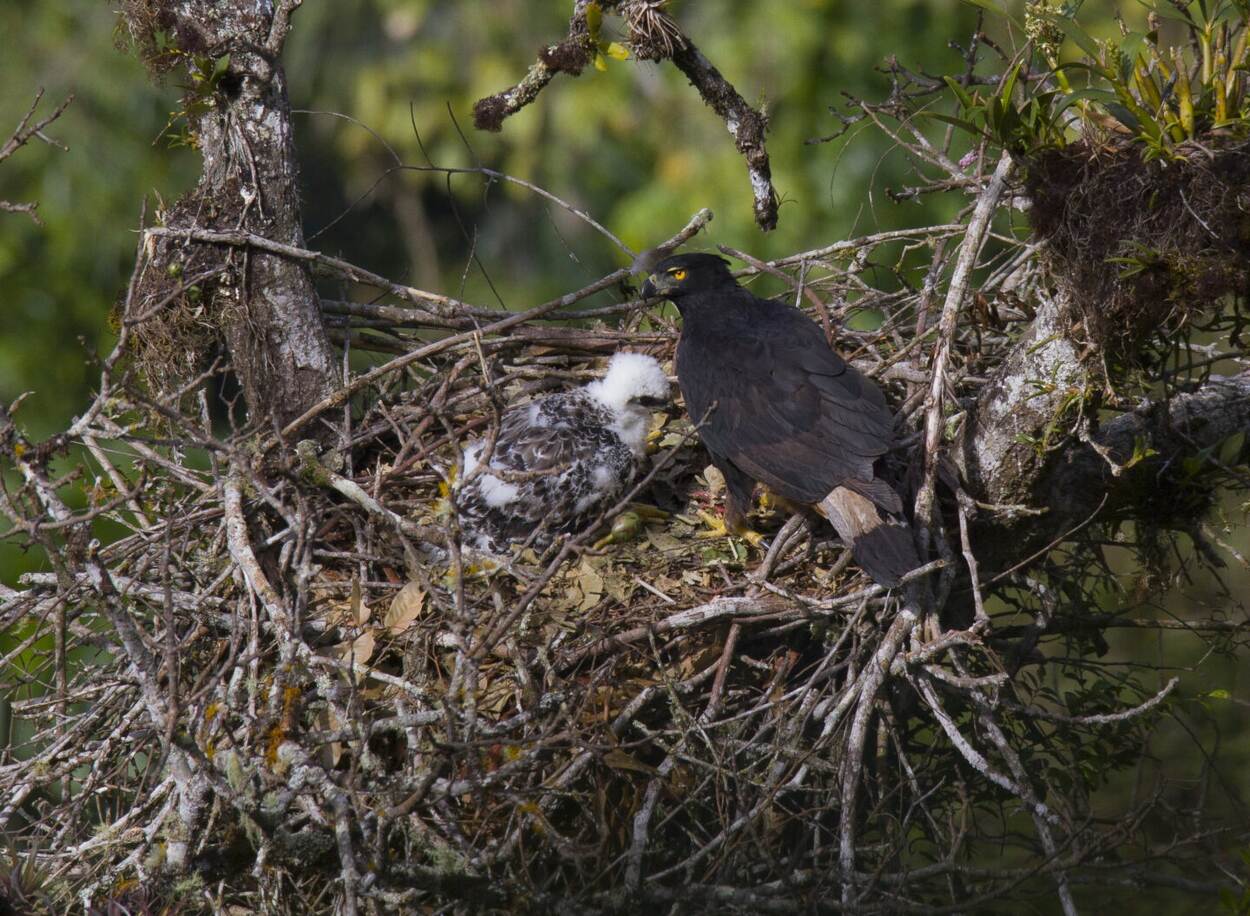
Dutch knowhow to support Patagonian peatlands
Currently, the LAN team Cono Sur is looking to contribute towards a project to protect and restore peatlands in the extreme south of the continent. The peatlands on the Patagonian archipelago Tierra del Fuego are the oldest and biggest of the continent and stretch out over both Chile and Argentina. Wetlands restoration not only increases biodiversity but the wetland’s ability to purify water and produce ecosystem services. Recent studies show that the National Parks of Chilean Patagonia store almost twice as much carbon as the pristine forests of the Amazon.
Due to over-extraction, climate change, wildfires and invasive species, the peatlands in Patagonia are in danger. The extracted peat is mainly used as substrate for the agricultural production or as transport medium for agro-products. Objective the project will be mapping the environmental impact of the peatlands and to restore overexploited areas based on Dutch experience and knowhow of nature-based solutions.
Read more (in Spanish): Estudio determina que carbono almacenado en la Patagonia chilena es superior al de la Amazonía
Contact
Would you like to know more about the current developments in the domain of agriculture and nature in Chile or contact the agricultural team at the Netherlands Embassy in Santiago de Chile?
You can visit the country page of Chile at the website agroberichtenlandbuitenland.nl of the Netherlands ministry of Agriculture, Nature and Food Quality. You can also send an email to STG-lnv@minbuza.nl
